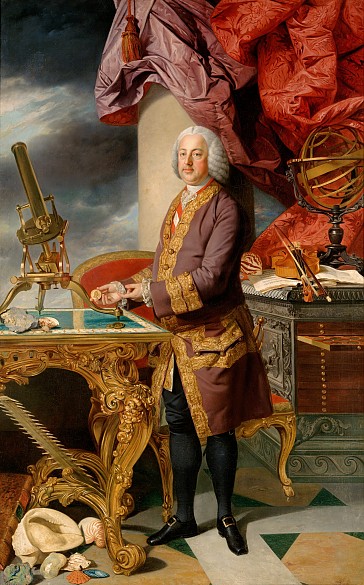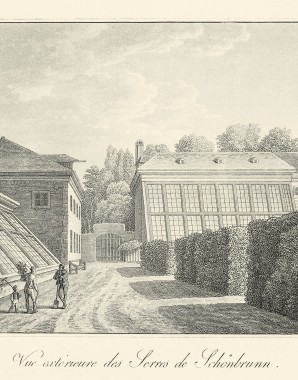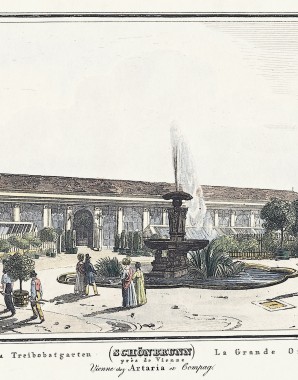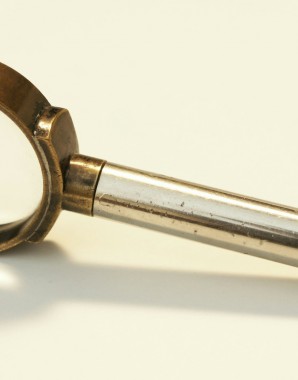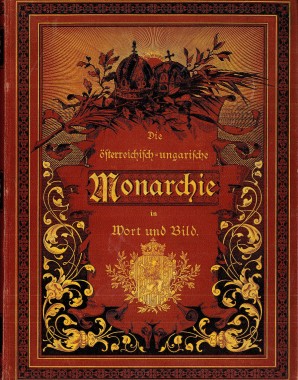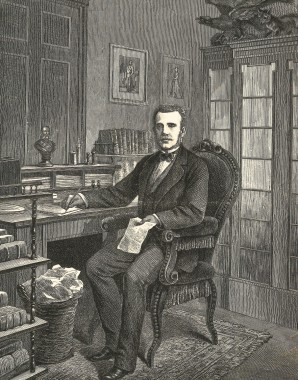Exploring new horizons
The Habsburg passion for research
The emperor hovering over a microscope, the crown prince in his study? These would not have been unusual sights in the House of Habsburg. Botany and zoology in particular could be described as typical areas of Habsburg scientific interest, and indeed in these fields, scientific milestones were achieved under the emblem of the double-headed eagle.
Some members of the Habsburg family were not just patrons and donors, but also personally interested and involved in the research process. Crown Prince Rudolf, for instance, had a sound grasp of contemporary developments in the field of ornithology, and boasted several major publications to his name.
However, the Habsburg Monarchy was no big player in the European battle to divide up the world where discovery was followed by exploration. Unlike the Netherlands or England, the Austrian Habsburgs did not possess any overseas colonies where economic exploitation went hand in hand with scientific findings. The Habsburg voyages of discovery tended rather to contribute small pieces of the mosaic constituting the ‘larger picture’.
However, the vast expanses of the Monarchy itself also provided sufficient research material. From the centralistic vantage point of Vienna, their remotest territories were at least equally as exotic as far-off shores. Here, in addition to the need to supply the administration with reliable statistical material, the aspect of state patriotism was a further significant influencing factor. ‘Unity in diversity’ was the principal notion governing the systematized exploration of the Monarchy.
